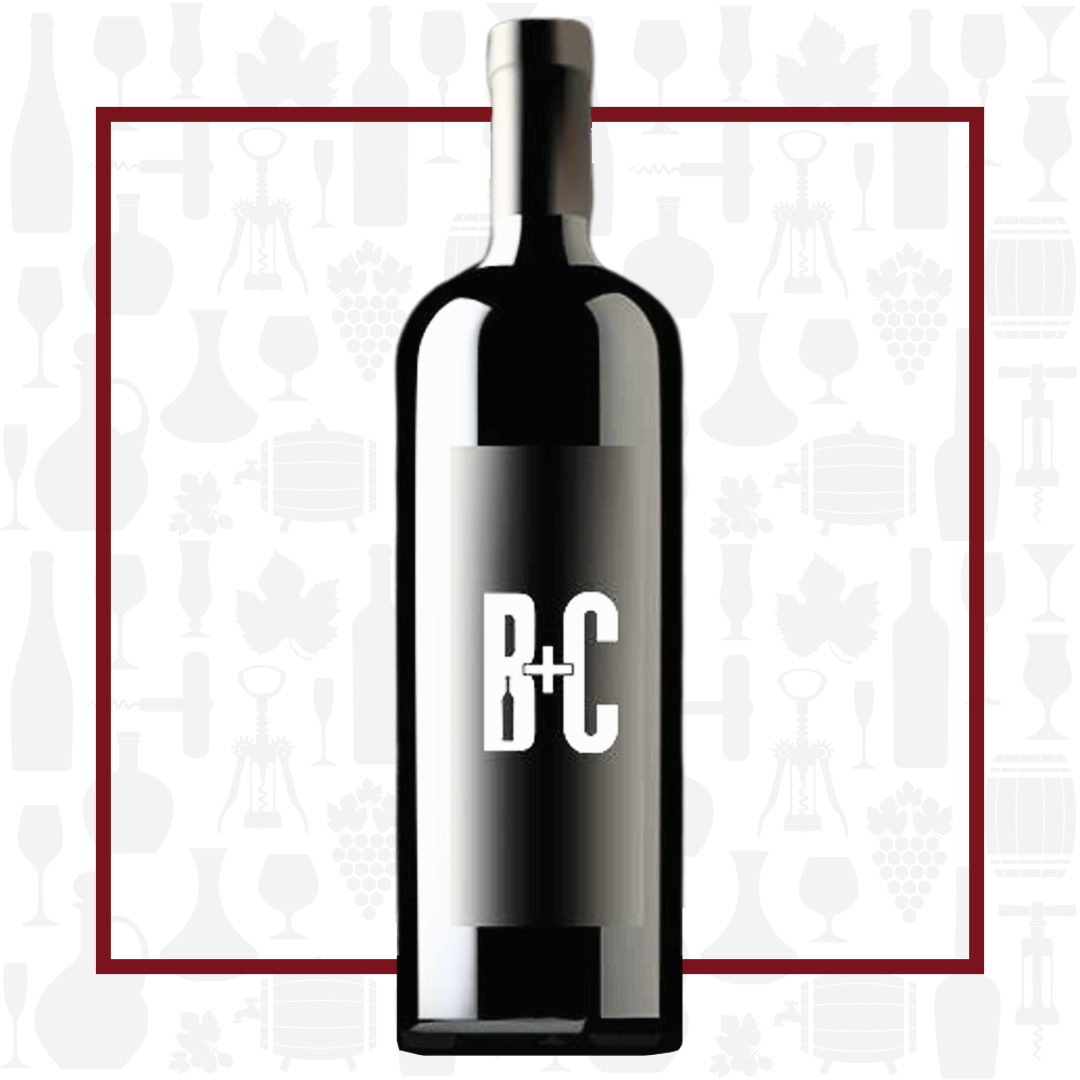Cellar Profile
Kai Schubert and Marion Deimling, both Geisenheim University Viticulture & Oenology graduates from Germany, established Schubert Wines in 1998. Having worked with winemakers like Erni Loosen of Dr. Loosen Estate, Bernkastel in Germany as well as in various vineyards across the world, their dream had always been to set off around the world in search of the ideal place to plant and produce their true passion – Pinot Noir. They travelled through Oregon, California, Australia and parts of Europe, but it wasn’t until arriving in Martinborough in the Wairarapa province of New Zealand that Kai and Marion felt they had found what they were looking for. In the spring of 1998, they acquired a small established vineyard in Martinborough and 40 hectares of bare land just north of Martinborough, at Dakins Road, followed by plantings from scratch in 1999 and 2000. Schubert’s philosophy is to craft wines of uncompromising quality that would stand out alongside the finest in the world. 14 hectares of wines are closely planted in the traditional, European style and the unique climate produces low yields. As a result they have been quick to capture the attention of connoisseurs and critics alike for their alluring, internationally award-winning wines of outstanding character, complexity, balance and grace. 90% of the production is exported to 36 countries.
Region
An hour’s drive from New Zealand’s capital city of Wellington, at the southeastern tip of the North Island, lies Wairarapa, synonymous for many people with its famous subregion, Martinborough. Home to 4% of New Zealand’s vines but 11% of its winemakers, Wairarapa’s estates tend to be small-scale and quality-obsessed. Low yields are the norm and exciting wines are the result – it is undoubtedly the North Island’s most exciting area for Pinot Noir, and a friendly rivalry exists between Martinborough and Central Otago in the south. The mountain range to the west creates a natural rain shadow making Wairarapa the driest region on the North Island. The wind is wicked and the climate harsh, resulting in small berries, thick skins and naturally low yields. The wines are vivid and pure, sometimes hedonistic. Thankfully, balance and subtlety is maintained due to the region possessing New Zealand’s largest diurnal temperature variation.
Vineyard
Within Marion’s Vineyard you’ll find Block B, planted in 1999. Like all of Schubert’s sites, vines here are farmed organically and densely planted. The differentiator with Block B is its exclusive Dijon clonal selections: 115, 667, 777, 114 and 113. Soils are free-draining with alluvial loam over old river gravels.
Winemaking
Classic Burgundian winemaking. Grapes are hand-harvested, 100% destemmed, cold-macerated and fermented in stainless steel tanks with very gentle ‘pigeage’. Left on skins for a period of 3 weeks then lightly pressed and racked to 45% new and 55% used French oak barriques for 18 months prior to bottling.
Varieties
Pinot Noir—chiefly associated with the Burgundy region of France— is grown around the world, mostly in cooler climates. The grape’s tendency to produce tightly packed clusters makes it susceptible to several viticultural hazards involving rot that require diligent canopy management. When young, wines made from Pinot Noir tend to have red fruit aromas of cherries, raspberries and strawberries. As it ages, Pinot has the potential to develop more vegetal and earthy aromas that can contribute to its complexity. Thin skins and low levels of phenolic compounds lend Pinot to producing mostly lightly-coloured, medium-bodied and low-tannin wines that can often go through phases of uneven and unpredictable aging.
Tasting Notes
This is heady, powerful, sophisticated yet delicious Pinot Noir from one of New Zealand’s top producers. Dark and savoury in all the right places, surrounded by rich black fruit and wrapped in fine-grained, silky tannins. New World meets Old.

